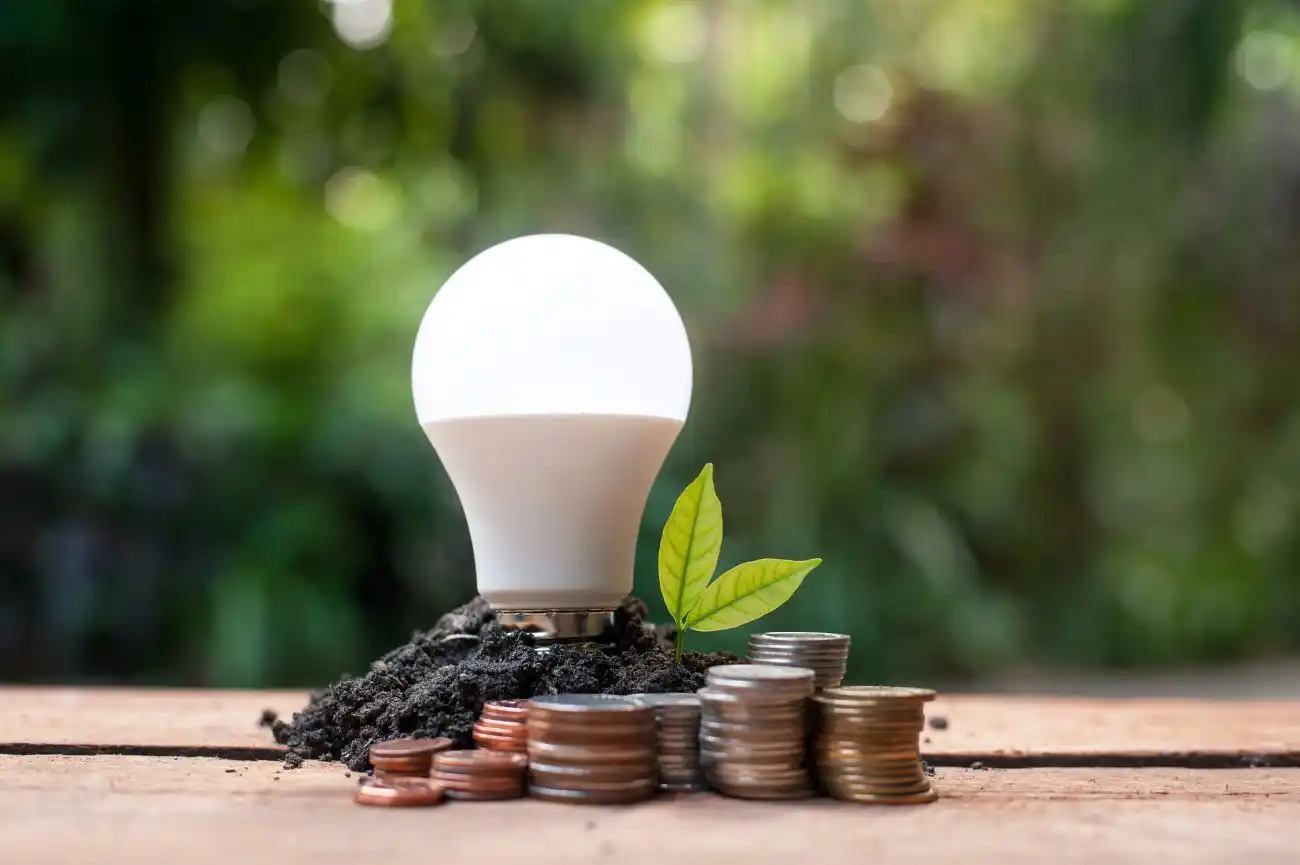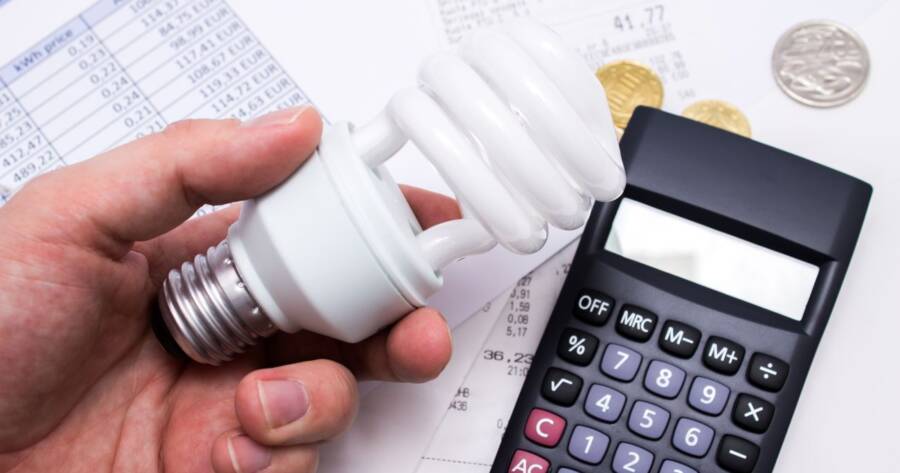The economical downturn due to recent events has led to a big strain on low-income households, including seniors. One place where these households are seeing great strain is on their energy bill. Two-thirds of low-income households spend more than six percent of their income on energy costs, according to a 2020 report. Furthermore, two out of every five low-income households spend more than 10 percent of their income on energy costs.
Fortunately, there are programs that can help low-income households — and specifically seniors — save money on, or even cover, their energy costs.
1. Low-Income Home Energy Assistance Program
The Low-Income Home Energy Assistance Program (LIHEAP) was established in 1981 to help low-income families, including seniors, with their energy costs. LIHEAP does this by providing funds to:
- Cover monthly energy bills;
- Deal with energy crises;
- Increase the energy efficiency of one’s home, and;
- Assist in energy-related home repairs.
To qualify for LIHEAP, a household must prove they need financial assistance with home energy costs. If a household already participates in other government benefit programs like SNAP, SSI, and TANF, they will automatically qualify. For households that don’t participate in a benefit program, eligibility is determined by the annual household income before taxes. Eligibility starts at $20,385 per year for one person and increases by $7,080 per each additional person.
LIHEAP is available to households in:
- All 50 states;
- The District of Columbia;
- Puerto Rico;
- American Samoa;
- The Commonwealth of the Northern Mariana Islands;
- Guam, and;
- The U.S. Virgin Islands
2. Weatherization Assistance Program
Instead of providing funds to low-income households, the Weatherization Assistance Program (WAP) works with local weatherization providers to increase the energy-efficiency of low-income homes. Thanks to these improvements and upgrades, households can save an average of $372 or more per year.
Rather than focusing on low-cost improvements, WAP takes a whole house approach to weatherization. This means that providers will look over every system in the house from the electrical system to the heating and cooling to see what exactly needs repairs or full-on upgrades. This can include:
- Adding insulation and weather-stripping;
- Repairing gas, oil, or water leaks;
- Installing programmable thermostats and energy efficient lightbulbs, and;
- Replacing filters, fire alarms, and inefficient appliances.
In addition to reducing energy costs, the improvements funded by WAP are meant to improve the health and safety of low-income households. In fact, the program reports that households save about $514 in out-of-pocket medical expenses and $583 in missed pay per year.
In order to qualify for WAP, households will need to prove that they are classified as low income. Moreover, preference for weatherization is given to:
- Families with children;
- Families where one or more members have a disability, and;
- Seniors over the age of 60.
3. Emergency Home Energy Assistance for the Elderly
If you belong to a low-income household in Central Florida with at least one member over the age of 60, you may qualify for the Emergency Home Energy Assistance for the Elderly (EHEAP). Those that qualify for assistance can receive up to $5,000 to pay their energy bill in case of an emergency.
On top of assisting with one’s energy bill, funds provided by EHEAP can be used to:
- Repair one’s electrical and/or heating and cooling systems;
- Purchase emergency supplies such as blankets, portable fans, space heaters, and window air conditioners;
- Pay off late fees and other charges incurred by the elderly member of the household, and;
- Pay for temporary emergency shelter.
To qualify for EHEAP, households must provide:
- Valid identification that proves the applicant is 60 or over and resides in Orange, Osceola, Brevard, or Seminole county;
- Social Security cards for all household members;
- Documentation on total household income;
- Proof that the applicant is receiving a government benefit program such as SNAP, SSI, or TANF, and;
- Proof that the applicant is experiencing a home energy crisis.
4. Project REACH
NV Energy has been providing energy to citizens and tourists of Nevada for over 150 years. To better serve their most vulnerable customers, NV Energy has teamed with the United Way of Nevada to provide Project REACH.
Short for “Relief through Energy Assistance to Prevent Customer Hardships”, Project REACH aids seniors that are 62 or older with their energy needs. All that NV Energy requires of possible applicants is to contact one of the United Way’s partner agencies, including HopeLink, Salvation Army, and United Labor Agency of Nevada.
Much like LIHEAP, eligibility for Project Reach is determined by the annual household income before taxes. Eligibility starts at $24,690 per year for one person and increases by $6,270 per each additional person.
Search Online for Energy Assistance
Everyone deals with energy bills, but it shouldn’t be a source of stress for your family. Low-income families, and especially seniors, are vulnerable to rising heating and cooling costs. But, with a quick online search, you can find an energy saving program available in your area.
Finding a program near you that can assist in paying some, or all, of your energy costs is easy. Next time your bill comes around, feel good knowing a local or national program is helping you feel the most comfortable in your own home.
 chawalit khamsuk / Shutterstock
chawalit khamsuk / Shutterstock